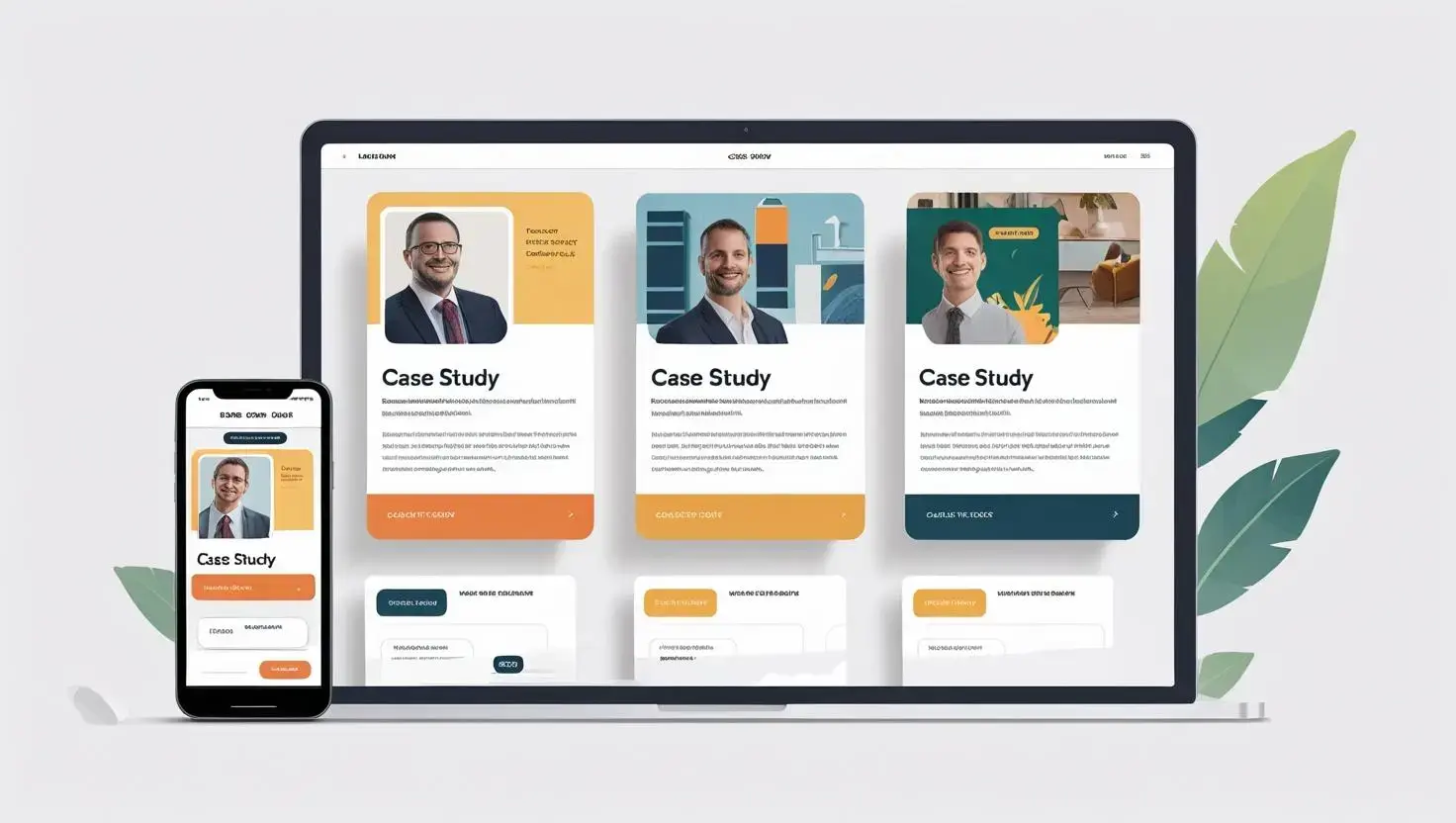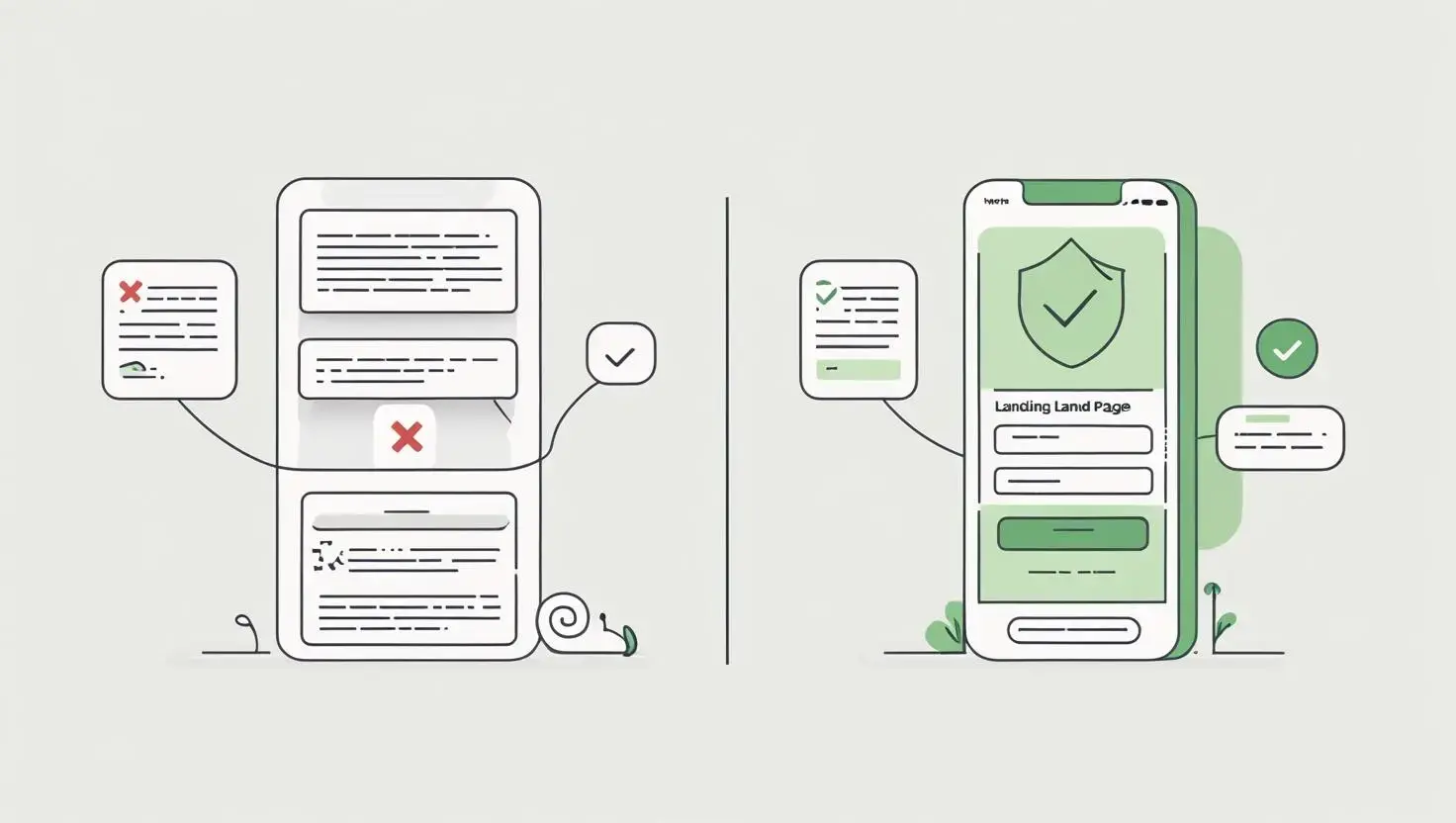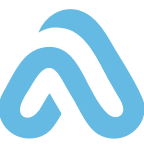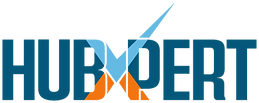Essential Landing Page Elements You Need to Have: A Complete Guide

Have you ever clicked on an ad, landed on a page, and felt an instant urge to take action—maybe sign up for a newsletter or download a free guide? What was it about that page that hooked you? Chances are, it was carefully crafted with all the essential elements of a high-converting landing page. In digital marketing, a landing page is your chance to make a first impression and turn a visitor into a lead or customer. But how do you ensure your page hits the mark?
A landing page is a standalone web page designed for a specific marketing or advertising campaign, with one clear goal: to convert visitors into leads or customers. Unlike your website’s homepage, which may have multiple purposes, a landing page focuses on a single action, such as signing up, purchasing, or downloading. Getting it right can mean the difference between a visitor bouncing away or becoming a loyal customer. According to HubSpot, businesses with 30 or more landing pages generate seven times more leads than those with fewer than 10. What are the essential elements that make a landing page effective?
What is a Landing Page?
Why Are Landing Pages Important?
Landing pages also allow you to:
- Target Specific Audiences: Create pages tailored to different customer segments.
- Measure Success: Track conversions to gauge campaign effectiveness.
- Reduce Risk: Test ideas before committing to larger strategies.
Essential Landing Page Elements
%20(1).webp)
1. Compelling Headline
Your headline is the first thing visitors see—it’s your chance to grab their attention and keep them on the page. A great headline is clear, concise, and communicates the core value of your offer. It should answer, “What’s in it for me?” from the visitor’s perspective.
Tips for Crafting a Headline:
- Keep it short (under 10 words if possible).
- Use power words like “free,” “proven,” or “instant.”
- Match the headline to the ad or link that brought the visitor.
2. Supportive Subheadline
Tips:
- Be specific about the benefits or next steps.
- Keep it concise, ideally 1-2 sentences.
- Use it to address potential objections or questions.
Example: If your headline is “Grow Your Business with Email Marketing,” your subheadline might be “Create targeted campaigns that drive results in just minutes.”
3. Engaging Hero Image or Video
A hero image or video is the large visual at the top of your page that instantly shows what your offer is about. It should be high-quality, relevant, and ideally depict your product or service in action. Visuals help visitors process information faster and make an emotional connection.
Best Practices:
- Use images of people using your product to create relatability.
- Include a short explainer video (under 60 seconds) to boost engagement.
- Ensure visuals align with your brand’s style.
4. Clear Unique Selling Proposition (USP)
Your USP answers the question, “Why should I choose you over competitors?” It’s a concise statement that highlights what makes your offer unique, whether it’s price, quality, or a special feature. A strong USP sets you apart and gives visitors a reason to act.
How to Define Your USP:
- Identify what differentiates you (e.g., “Fastest delivery in the industry”).
- Display it prominently, often near the headline or CTA.
- Keep it customer-focused, not company-focused.
5. Benefits-Focused Copy
While features describe what your product does, benefits explain how it improves the visitor’s life. Your copy should focus on these benefits, using clear, concise language to show value. Bullet points or short paragraphs make this information easy to scan.
Tips:
- Highlight 3-5 key benefits in bullet points.
- Address specific pain points or desires.
- Use action-oriented language like “save,” “grow,” or “achieve.”
Example:
- Save Time: Automate your email campaigns in minutes.
- Boost Revenue: Target the right customers with precision.
- Reduce Stress: Get 24/7 support when you need it.
6. Social Proof
Social proof builds trust by showing that others have benefited from your offer. This can include customer testimonials, reviews, case studies, or logos of well-known clients. It reassures visitors that your product or service is credible.
Types of Social Proof:
- Testimonials: Quotes from satisfied customers.
- Reviews: Star ratings or user feedback.
- Logos: Display trusted brands you’ve worked with.
- Case Studies: Brief stories of customer success.
7. Prominent Call to Action (CTA)
The CTA is the heart of your landing page—it’s the button or link that prompts visitors to take the desired action. It needs to stand out visually and use compelling, action-oriented language.
Design Tips:
- Use contrasting colours (e.g., a bright orange button on a blue background).
- Keep text short and urgent, like “Get Started Now” or “Download Free.”
- Place it above the fold and repeat it lower on the page.
Stat: Unbounce notes that a single, clear CTA can boost conversions by up to 300%.
8. Optimised Lead Capture Form
If your goal is lead generation, a form is essential to collect visitor information. The key is to balance capturing enough data without overwhelming the user. Too many fields can deter conversions.
Optimisation Tips:
- Ask for only essential information (e.g., name and email).
- Use clear labels and placeholders for ease of use.
- Include a privacy statement like “We respect your privacy.”
9. Trust Indicators
Trust indicators alleviate concerns about privacy, security, or risk. These can include security badges, money-back guarantees, or links to privacy policies, reassuring visitors that their data is safe.
Examples:
- “100% Money-Back Guarantee”
- “Secure Checkout with SSL Encryption”
- “Trusted by 10,000+ Customers”
10. Minimal Navigation
Unlike a homepage, a landing page should minimise distractions to keep visitors focused on the CTA. Including full website navigation can lead them away from your goal.
11. Mobile Responsiveness
With over 50% of web traffic coming from mobile devices, your landing page must look and function seamlessly on smartphones and tablets. A non-responsive page can frustrate users and increase bounce rates.
Testing Tips:
- Use tools like Google’s Mobile-Friendly Test to check performance.
- Ensure buttons are large enough for touchscreens.
- Optimise images for faster mobile loading.
12. Fast Loading Speed
Page speed is critical for both user experience and SEO. A slow-loading page can lead to higher bounce rates and lost conversions. Research shows that a one-second delay can reduce conversions by 7%.
Improvement Tips:
- Compress images and videos.
- Minimize code with tools like minifiers.
- Choose a reliable hosting provider.
Advanced Elements and Trends

AI Personalization
AI can tailor content based on user behaviour, such as showing different headlines or offers depending on past interactions. This can boost engagement by making the page feel custom-made. How might personalisation make your page more relevant to visitors?
Interactive Elements
Quizzes, calculators, or chatbots can engage visitors and provide personalised experiences. For example, a mortgage calculator on a real estate landing page can keep users engaged longer.
Video Content
Videos are powerful for conveying information quickly. A short explainer video or customer testimonial can increase engagement and trust.
Voice Search Optimisation
With voice assistants growing, optimising for voice search (e.g., using conversational keywords) can capture this audience.
Case Study

Case Study 1: Slack
Slack’s landing page is a model of simplicity and effectiveness. The headline, “Made for people. Built for productivity,” clearly states the value. A subheadline expands on collaboration benefits, and a hero image shows the platform in use. The CTA, “Try for Free,” is prominent, with social proof from logos of companies like Airbnb.
Case Study 2: Shopify
Shopify’s free trial landing page features a bold headline, “Start your online store today,” paired with a subheadline about ease of use. A hero video demonstrates the platform, and the benefits are listed in clear bullet points. The CTA, “Start Free Trial,” is bright green, and trust indicators like “No credit card required” ease concerns.
Common Mistakes to Avoid

What pitfalls might derail your landing page’s success? Here are some to watch out for:
- Overloading with Information: Too much text or too many CTAs can confuse visitors. Keep it focused.
- Ignoring Mobile Users: A non-responsive design can alienate half your audience.
- Weak CTAs: Vague or hidden CTAs reduce conversions. Make them bold and clear.
- Lack of Testing: Without A/B testing, you might miss what works best.
Tools to Build and Optimize Landing Pages
To build and optimise landing pages, HubSpot stands out as a top choice. It offers integrated landing pages with built-in CRM capabilities, making it ideal for marketing automation and managing leads efficiently from start to finish. For those looking for quick, professional designs, Unbounce provides a drag-and-drop builder with A/B testing. Meanwhile, Leadpages is a helpful option for small businesses, offering ready-made templates and analytics to support lead generation.
Conclusion
Senior RevOps Strategist at Hubxpert

Fazle Rabbi
Table of Contents:
Subscribe to our newsletter

HubSpot: Elevating Bangladeshi Consultancies Beyond Excel
Our 2024 Beginner's Guide to Revenue Attribution Models explains key models & helps you choose the right one to optimize campaigns & boost ROI.

Why Bangladeshi Consultancies Lose 30% of Leads—and How to Fix It
Our 2024 Beginner's Guide to Revenue Attribution Models explains key models & helps you choose the right one to optimize campaigns & boost ROI.

Bangladeshi Study-Abroad Marketing: Converting Social Media into Leads
Our 2024 Beginner's Guide to Revenue Attribution Models explains key models & helps you choose the right one to optimize campaigns & boost ROI.

Best CRM for Education Businesses in Bangladesh
Our 2024 Beginner's Guide to Revenue Attribution Models explains key models & helps you choose the right one to optimize campaigns & boost ROI.

Modern Sales Systems That Actually Convert for Bangladeshi Consultancies
Our 2024 Beginner's Guide to Revenue Attribution Models explains key models & helps you choose the right one to optimize campaigns & boost ROI.

What I Learned Helping Healthcare Businesses Fix Their Sales & Marketing Process
Discover how connected CRM systems like HubSpot can transform healthcare sales and marketing processes, improving patient engagement, reducing no-shows, and streamlining workflows.
-

HubSpot: Elevating Bangladeshi Consultancies Beyond Excel
Discover how businesses are using HubSpot to streamline marketing efforts, boost lead generation, and drive sustainable growth through data-driven strategies.
Marketing -

Why Bangladeshi Consultancies Lose 30% of Leads—and How to Fix It
Discover how businesses are using HubSpot to streamline marketing efforts, boost lead generation, and drive sustainable growth through data-driven strategies.
Marketing -

Bangladeshi Study-Abroad Marketing: Converting Social Media into Leads
Discover how businesses are using HubSpot to streamline marketing efforts, boost lead generation, and drive sustainable growth through data-driven strategies.
Marketing -

Best CRM for Education Businesses in Bangladesh
Discover how businesses are using HubSpot to streamline marketing efforts, boost lead generation, and drive sustainable growth through data-driven strategies.
Marketing -

Modern Sales Systems That Actually Convert for Bangladeshi Consultancies
Discover how businesses are using HubSpot to streamline marketing efforts, boost lead generation, and drive sustainable growth through data-driven strategies.
Marketing -

What I Learned Helping Healthcare Businesses Fix Their Sales & Marketing Process
Discover how businesses are using HubSpot to streamline marketing efforts, boost lead generation, and drive sustainable growth through data-driven strategies.
General




